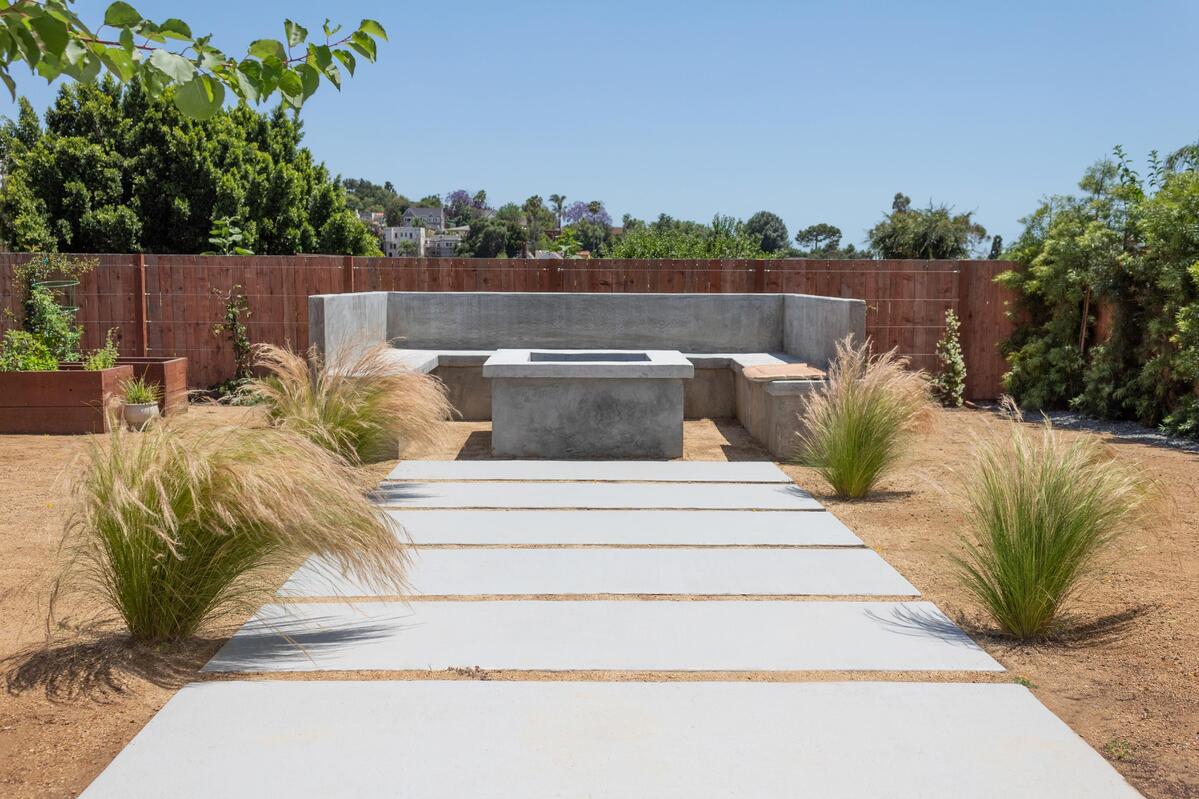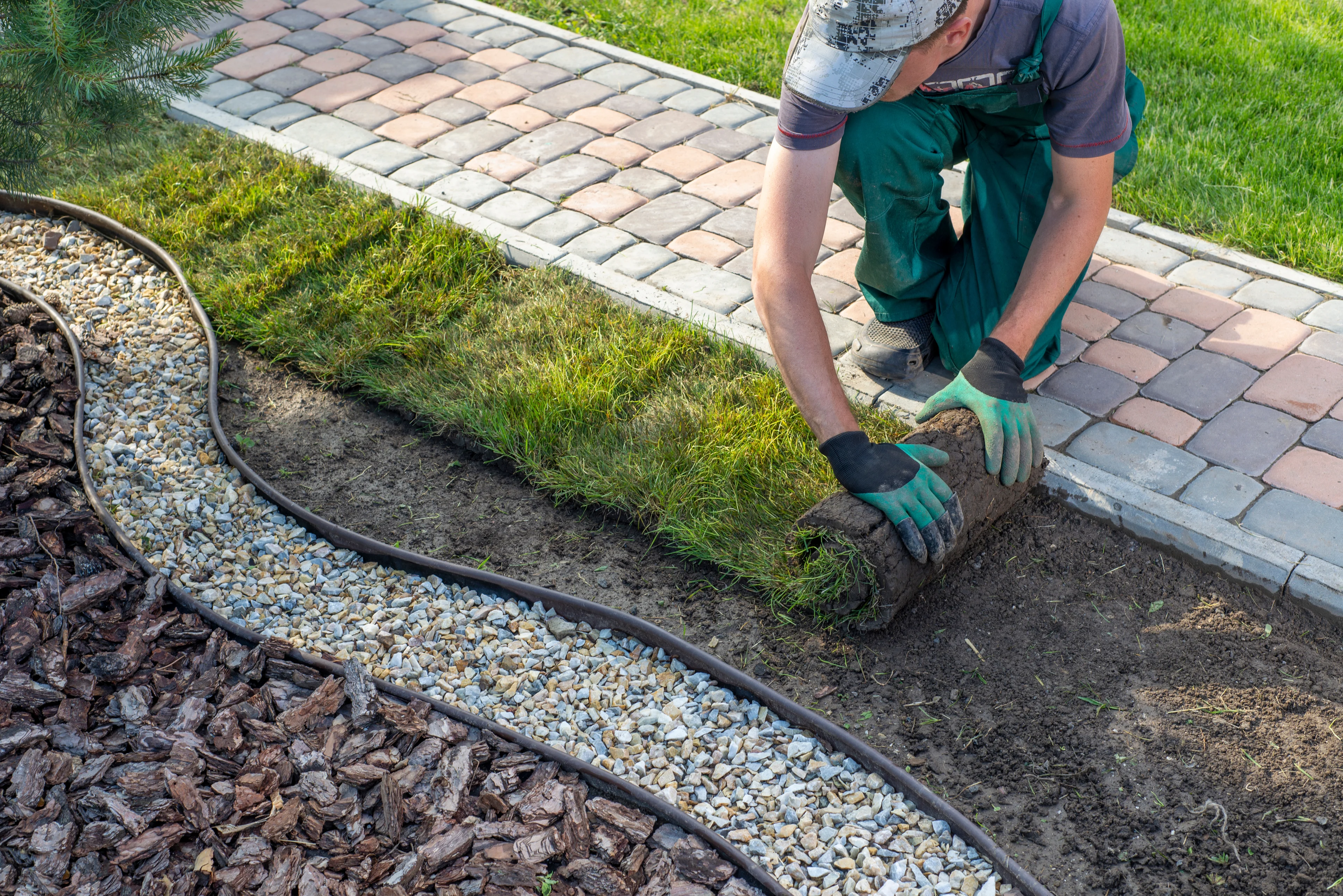The Relevance of Comprehending Different Kinds Of Landscape Design for Your Yard
Understanding the different kinds of landscaping is an important part in crafting a garden that not only shows individual preference yet likewise fulfills ecological requirements. Each landscape design design-- be it official, cottage, sustainable, or metropolitan-- supplies distinct advantages that can considerably influence the overall health and aesthetic appeals of your outside area.
Benefits of Landscaping Knowledge
Understanding the basics of landscape design offers many advantages for both amateur and experienced garden enthusiasts alike. A strong grasp of landscape design principles makes it possible for individuals to develop visually appealing and practical outside rooms that straighten with their personal preferences and the specific features of their gardens.
One substantial advantage is enhanced ecological health. Knowledge of native plants and sustainable practices enables gardeners to grow ecological communities that advertise biodiversity while minimizing the demand for chemical fertilizers and pesticides. Additionally, comprehending soil types and drainage can cause much healthier plant growth and minimized disintegration.
Landscaping understanding likewise improves the visual value of a home. By learning more about design components such as color, scale, and texture, garden enthusiasts can develop natural and welcoming landscapes that enhance aesthetic appeal. This not only elevates individual pleasure yet can also enhance residential property value.
Moreover, notified garden enthusiasts can conserve time and sources. Identifying the right plants for specific conditions, such as light and moisture levels, guarantees that efforts are not lost on inappropriate options. Ultimately, an extensive understanding of landscaping equips people to make enlightened choices, cultivating a more gratifying horticulture experience.
Overview of Landscaping Kinds
Landscape design incorporates a selection of approaches and styles, each tailored to fulfill the one-of-a-kind demands and choices of garden enthusiasts. Understanding these diverse types is important for producing an outdoor space that aligns with environmental considerations and individual tastes.
One preferred kind is traditional landscaping, characterized by structured designs, well-defined flowerbeds, and making use of in proportion plantings. This style often stresses a sense of order and harmony within the yard - Las Vegas Landscaping. On the other hand, naturalistic landscaping concentrates on resembling the charm of nature, utilizing organic kinds and indigenous plants to create a much more relaxed and casual atmosphere
Lasting landscaping has actually acquired grip, promoting eco-friendly methods that conserve water and minimize chemical use. This technique typically incorporates xeriscaping, which utilizes drought-resistant plants suitable for dry climates. In addition, metropolitan landscape design addresses the difficulties of minimal space in city settings, typically making use of vertical yards and roof areas to make the most of plant.
Official Landscaping Explained
Identified by its meticulous style and organized elements, official landscape design creates an environment of elegance and elegance in outside rooms. This design emphasizes balance, geometric shapes, and distinct lines, frequently integrating polished bushes, topiaries, and organized blossom beds. The total effect is a refined and refined setting that accentuates architectural functions and improves the appeal of the bordering landscape.
In official landscaping, pathways are commonly straight and might be lined with uniform products such as block or rock. These courses typically cause centerpieces such as water fountains, sculptures, or decorative trees, additionally boosting the structured nature of the design. Color palettes tend to be more minimal, concentrating on unified mixes that advertise a tranquil ambience.
Water features in official landscapes are generally made with accuracy, usually showing up as rectangular or circular swimming pools. The cautious placement of plants is important, with varieties chosen for their capacity to keep a neat appearance throughout the seasons. Overall, formal landscaping is ideal for those that value order and beauty, offering an ageless aesthetic that can significantly raise the value and appeal of outside spaces.
Home Yard Qualities
Cottage gardens often evoke a feeling of charm and fancifulness, blending a range of plants in an apparently haphazard yet unified setup. Identified by their lavish, casual design, these gardens generally feature an eclectic mix of flowering perennials, herbs, vegetables, and annuals. This varied planting not only produces aesthetic rate of interest but likewise draws in useful insects and advertises a balanced ecosystem.
A vital feature of cottage gardens is their use of conventional products and structures. Rock pathways, rustic fencing, and wooden trellises are generally incorporated to enhance the garden's enchanting appeal. Furthermore, the addition of seating locations, such as arbors or benches, urges relaxation within this peaceful atmosphere.
Shade plays a significant role in cottage gardens, with an emphasis on soft pastels and lively tones that stimulate a feeling of nostalgia. Flowers like foxgloves, roses, and hollyhocks are staples, often intermingled with fragrant herbs such as lavender and thyme.
Cottage yards mirror a philosophy of embracing nature's unpredictability, resulting in an unique and inviting space. By focusing on biodiversity and visual beauty, they develop an attractive setup for both yard fanatics and informal observers alike.
Sustainable Landscaping Practices
Integrating sustainable use this link landscaping practices is important for creating environmentally friendly gardens that thrive while reducing their ecological effect. Landscaping Company. Lasting landscape design concentrates on the efficient use of resources, advertising biodiversity, and improving the all-natural setting
One secret method is choosing native plants, which are well-adapted to neighborhood conditions and require much less water, fertilizer, and pesticides. This not just conserves sources however also sustains regional wild animals, consisting of pollinators. Executing water-efficient irrigation systems, such as drip watering or rainwater harvesting, better saves water while ensuring that plants obtain sufficient moisture.

In addition, decreasing yard click here now locations and incorporating hardscaping aspects can minimize upkeep and resource use. These methods advertise an even more sustainable landscape that requires fewer inputs and supplies eco-friendly benefits. By embracing these approaches, gardeners can produce areas that are not just beautiful but look at here now likewise contribute favorably to the setting, cultivating an unified balance in between nature and human task.

Conclusion
Finally, an extensive understanding of various landscaping kinds is crucial for creating an aesthetically pleasing and environmentally lasting yard. Each design, from formal to cottage yards and lasting methods, provides distinct benefits that improve biodiversity and resource performance. This expertise assists in educated decisions that add to the health and wellness of both the garden and its surrounding community. Ultimately, welcoming diverse landscape design approaches cultivates a harmonious relationship in between outside spaces and their settings, promoting lasting environmental equilibrium.
Recognizing the various kinds of landscaping is a crucial element in crafting a garden that not just reflects individual taste however also satisfies eco-friendly requirements. Each landscape design design-- be it formal, home, lasting, or urban-- provides distinctive advantages that can dramatically influence the general wellness and appearances of your outdoor area. In comparison, naturalistic landscape design focuses on mimicking the appeal of nature, utilizing native plants and natural forms to create a more unwinded and casual setting.
Additionally, metropolitan landscape design addresses the challenges of minimal space in city settings, typically making use of upright yards and roof spaces to optimize plant.
In verdict, a comprehensive understanding of various landscape design kinds is crucial for creating an aesthetically pleasing and environmentally sustainable garden. (Landscaping Company)